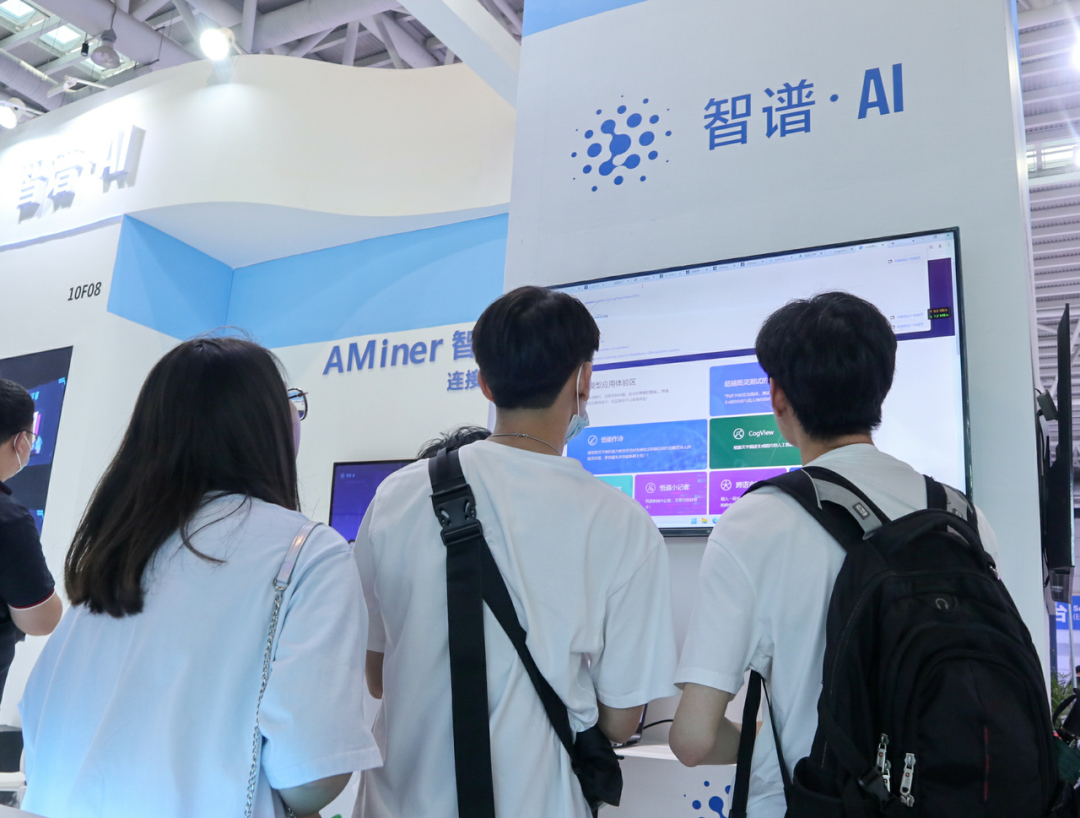Data is the foundation of all machine learning innovations. However, collecting vast amounts of data from websites can be tricky due to barriers like request limits, CAPTCHAs, and geo-restrictions. For example, when a data science team set out to scrape Amazon product reviews for an AI sentiment analysis project, they faced immediate limitations. By using proxies, they could bypass these hurdles and collect the necessary info.
So, what’s the connection between proxies and AI in data collection and analysis?
From Data to Decisions: When Proxies Come In
Without data, AI can’t learn, adapt, or evolve. Whether it’s recognizing faces, translating languages, or predicting customer behavior, machine learning models rely on vast and varied datasets.
One of the primary ways teams gather this data is through web scraping. From product descriptions and customer reviews to images and pricing details, scraping the web provides a rich pool of training material. For instance, a team building an AI-powered price comparison tool may need to scrape thousands of product listings from various e-commerce sites to train the model on pricing trends and item descriptions.
The problem? Most websites often block large-scale scraping efforts. IP bans, CAPTCHAs, and rate limits are common difficulties when too many requests come from a single IP address.
That’s where
With proxies, data teams can maintain a consistent flow of information and optimize AI models for more successful predictions.
The Secret to Faster, Smarter AI Bots
How do AI tools collect global data, manage social media, and track ads in different countries without any blocks? They use proxies.
Take AI SEO tools, for example. They need to monitor search results from various regions without triggering blocks or limitations from search engines. Proxies solve this problem by rotating IPs and simulating real user behavior, which enables these bots to continuously gather data without being flagged. Similarly, social media bots, which automate tasks like posting and analyzing engagement, rely on proxies to avoid account bans. Since social media platforms often limit bot activity, proxies help these bots look like legitimate users, ensuring they can keep working without interruptions.
And what about geolocation-based tasks? AI bots involved in ad-tracking or location-specific content use proxies to simulate users from different locations, so they get a real understanding of how ads are performing across regions. Using
AI isn’t just using proxies. It’s also improving how we manage them. Predictive algorithms can now detect which proxies are more likely to be flagged or blocked. Predictive models are trained to assess proxy quality based on historical data points such as response time, success rate, IP reputation, and block frequency.
These algorithms continuously score and rank proxies, dynamically filtering out high-risk or underperforming IPs before they can impact operations. For example, when used in a high-frequency scraping setup, machine learning models can anticipate when a proxy pool is about to hit rate limits or trigger anti-bot mechanisms, then proactively rotate to cleaner, less-detectable IPs**.**
Innovation or Invasion?
Soon, we can expect even tighter integration between AI algorithms and proxy management systems. Think self-optimizing scraping setups where machine learning models choose the cleanest, fastest IPs in real time, or bots that can automatically adapt their behavior based on detection signals from target sites. AI will control, rotate, and fine-tune them with minimal human input.
But there are also risks. As AI gets better at mimicking human behavior and proxies become harder to detect, we inch closer to a blurry line: When does helpful automation become manipulation?
There are ethical gray areas, too. For example, is it fair for AI bots to pose as real users in ad tracking, pricing intelligence, or content generation? How do we ensure transparency and prevent misuse when both AI and proxies are designed to operate behind the scenes?
And of course, there’s always the chance it’ll be misused, whether by people using AI scraping for shady stuff or just by relying too much on tools we can’t fully control.
In short, the fusion of AI and proxies holds massive potential, but like all powerful tools, it must be used responsibly.
✅ Always respect websites’ terms of service, comply with data protection laws, use AI and proxy tools ethically.
Conclusion
As we’ve seen, proxies are more than just tools for anonymity. They help AI systems with large-scale data access. From training machine learning models to powering intelligent bots, proxies ensure that AI has the data it needs without getting blocked or throttled.
But what type of proxy is best in this case? Residential proxies tend to be the best choice for AI-related tasks that require location-specific data or high levels of trust and authenticity. They’re less likely to be flagged, offer better success rates, and provide more natural-looking traffic patterns.
Test residential proxies from











